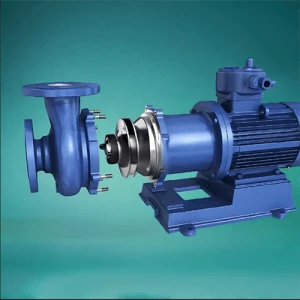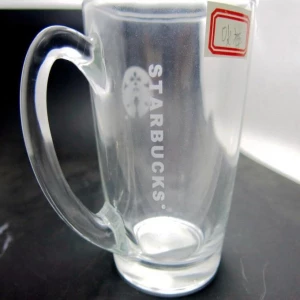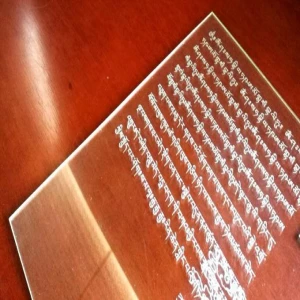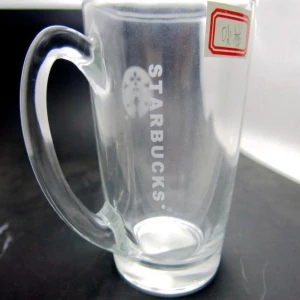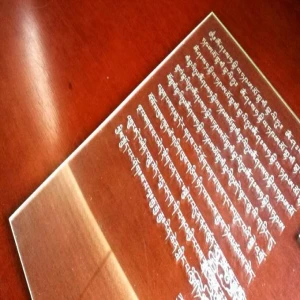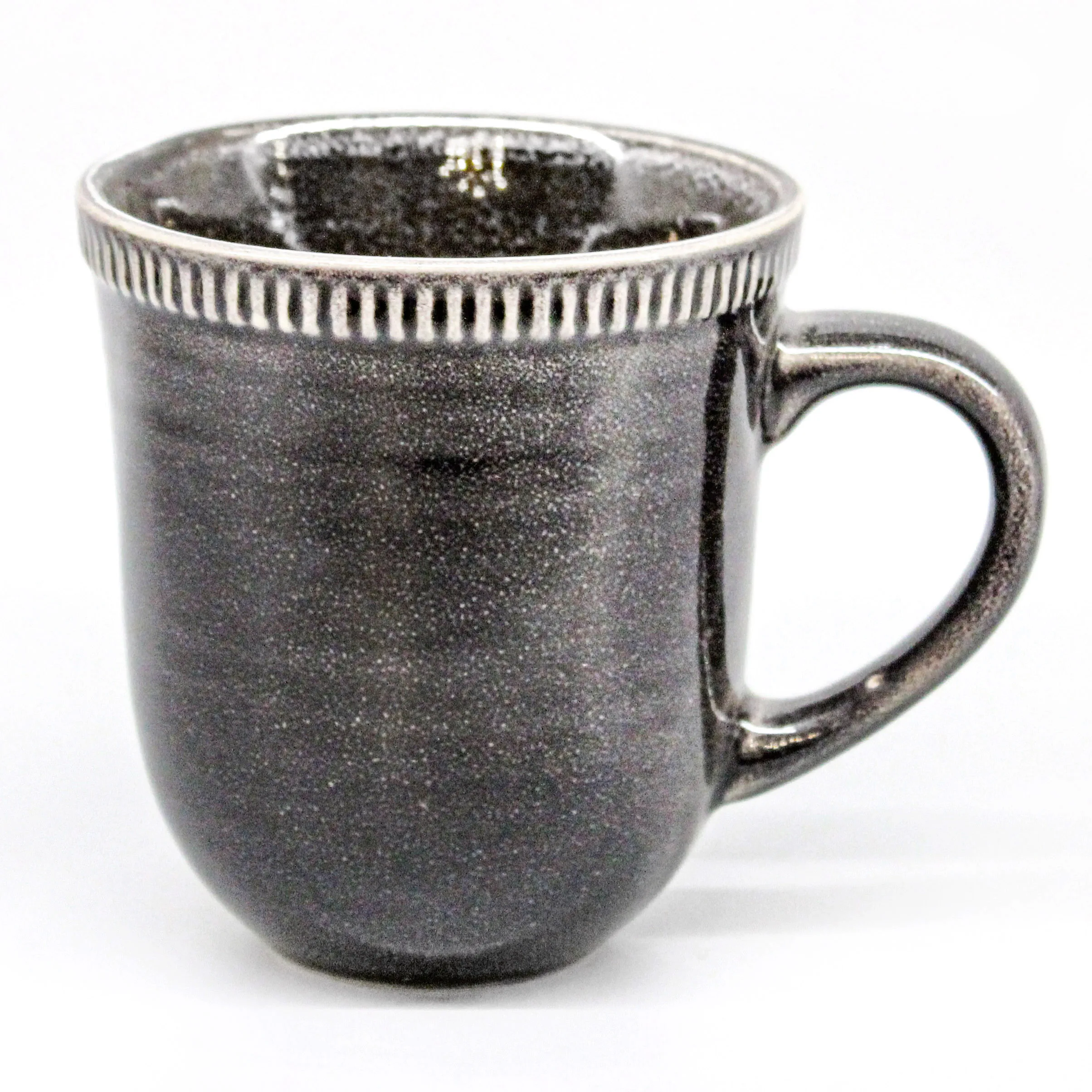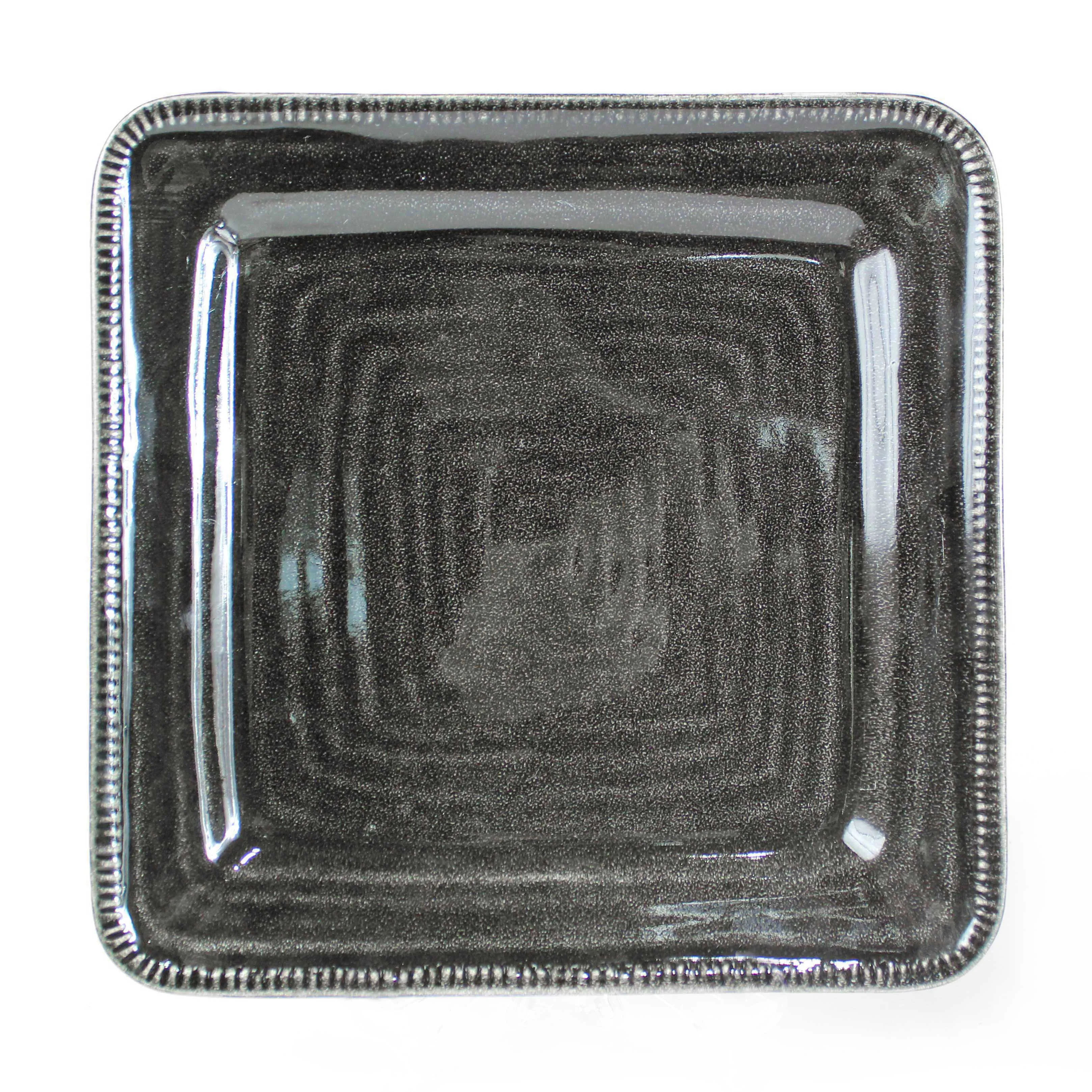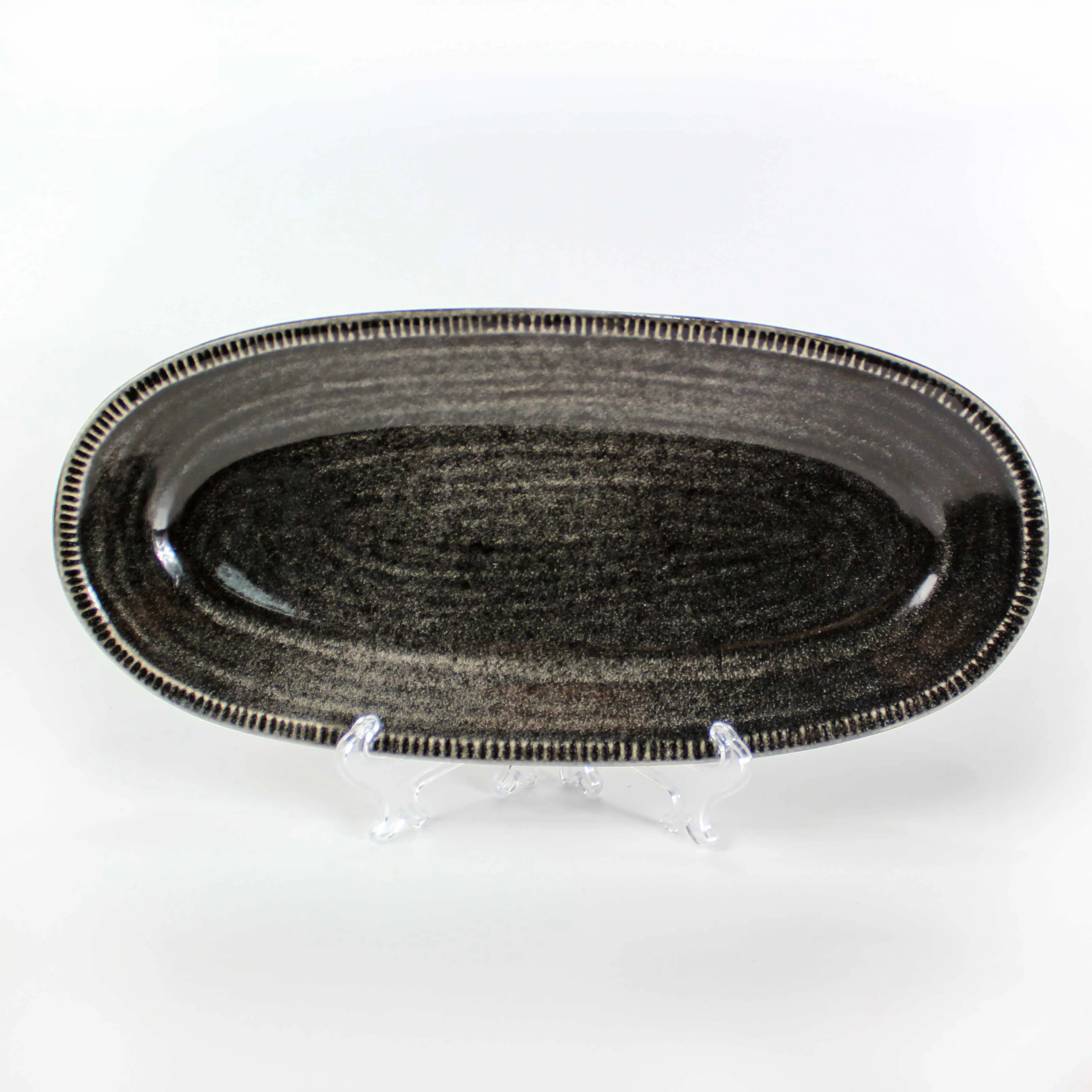Ceramics: Types, Uses, and How to Source from China in 2025
Ceramics are versatile materials used in various industries, from construction to electronics. With China being a leading supplier, understanding how to source high-quality ceramics is crucial for buyers. This guide covers everything you need to know about ceramics, including types, features, and sourcing tips.
How to Find Reliable Ceramics from China in 2025
Finding trustworthy ceramics suppliers in China requires research and due diligence. Start by checking platforms like Alibaba for verified manufacturers. Look for suppliers with certifications such as ISO 9001 and positive customer reviews. Request samples to evaluate quality before placing bulk orders.
What Buyers Should Know Before Buying Ceramics from China
Before purchasing ceramics from China, consider factors like material quality, lead times, and shipping costs. Ensure the supplier provides detailed product specifications and complies with international standards. Negotiate pricing and payment terms to secure the best deal.
Types of Ceramics
Ceramics can be categorized into three main types: traditional, advanced, and technical. Traditional ceramics include pottery and tiles, while advanced ceramics are used in aerospace and medical applications. Technical ceramics offer high thermal and electrical resistance.
Functions and Features of Ceramics
Ceramics are known for their durability, heat resistance, and electrical insulation properties. They are also chemically inert, making them ideal for harsh environments. Advanced ceramics can be engineered for specific functions, such as wear resistance or biocompatibility.
Scenarios of Ceramics
Ceramics are used in diverse applications, including kitchenware, construction materials, and electronic components. They are also essential in medical implants and automotive parts due to their lightweight and high-strength properties.
How to Choose Ceramics
Selecting the right ceramics depends on your application. Consider factors like temperature resistance, mechanical strength, and cost. For example, alumina ceramics are ideal for high-temperature environments, while zirconia ceramics offer superior toughness.
Ceramics Q & A
Q: What are the advantages of sourcing ceramics from China?
A: China offers competitive pricing, a wide range of products, and advanced manufacturing capabilities.
Q: How do I verify the quality of ceramics from a supplier?
A: Request samples and test them for durability, heat resistance, and other relevant properties.
Q: What are the common applications of advanced ceramics?
A: Advanced ceramics are used in aerospace, medical devices, and electronics due to their high performance.
Q: How can I reduce shipping costs when importing ceramics?
A: Consolidate orders, negotiate with suppliers, and choose cost-effective shipping methods.
Q: What certifications should I look for in a ceramics supplier?
A: Look for ISO 9001, RoHS, and other industry-specific certifications.




